PURPURIN
Synonym(s):1,2,4-Trihydroxyanthraquinone;Hydroxylizaric acid;Verantin
- CAS NO.:81-54-9
- Empirical Formula: C14H8O5
- Molecular Weight: 256.21
- MDL number: MFCD00001203
- EINECS: 201-359-8
- SAFETY DATA SHEET (SDS)
- Update Date: 2024-12-18 13:37:16
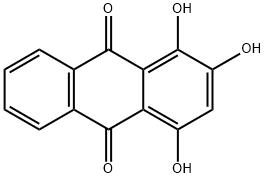
What is PURPURIN?
Chemical properties
brown-red to brown powder
The Uses of PURPURIN
Purpurin is an anthraquinone derivative and is well known as a colour pigment derived from madder plants. Purpurin was extensively utilized in herbal remedies, in food colouring and dyes for cotton pr inting. Due to the high antioxidant activity exhibited by anthraquinone compounds, purpurin was determined through studies to possess potential radical scavenging effects. Purprin has also been shown to have inhibitory effects towards serine protease.
The Uses of PURPURIN
xanthin oxidase inhibitor, irritant
The Uses of PURPURIN
A xanthine oxidase inhibitor.
The Uses of PURPURIN
Purpurin is a naturally occurring reddish-yellow pigment found in madder root (R. tinctorum) that has been used both in herbal remedies and as food coloring. It can also by synthetically derived from 9,10-anthraquinone. Purpurin is protective against a number of food-derived heterocyclic amines in bacterial mutagenicity assays through its inhibition of CYP450-dependent N-hydroxylation and reduction of N-hydroxylamines. Purpurine can also inhibit (IC50 = 6.6 μM) spermidine-induced autoactivation of plasma hyaluronan-binding protein, a serine protease that can activate coagulation factor VII and prourokinase.
What are the applications of Application
Purpurin is a xanthine oxidase inhibitor
Definition
ChEBI: A trihydroxyanthraquinone derived from anthracene by substitution with oxo groups at C-9 and C-10 and with hydroxy groups at C-1, C-2 and C-4.
Purification Methods
Crystallise purpurin from aqueous EtOH, dry it at 100o. [Beilstein 8 IV 3568.]
Properties of PURPURIN
| Melting point: | 253-256 °C(lit.) |
| Boiling point: | 359.45°C (rough estimate) |
| Density | 1.659 |
| refractive index | 1.4825 (estimate) |
| Flash point: | 113 °C |
| storage temp. | Inert atmosphere,Room Temperature |
| solubility | DMSO (Slightly), Methanol (Slightly, Heated) |
| Colour Index | 58205 |
| form | Powder |
| pka | 7.05±0.20(Predicted) |
| color | Brown-red to brown |
| Water Solubility | 6.405mg/L(25 ºC) |
| Merck | 14,7945 |
| BRN | 1887127 |
| CAS DataBase Reference | 81-54-9 |
| EPA Substance Registry System | Purpurin (81-54-9) |
Safety information for PURPURIN
| Signal word | Warning |
| Pictogram(s) |
 Exclamation Mark Irritant GHS07 |
| GHS Hazard Statements |
H315:Skin corrosion/irritation H319:Serious eye damage/eye irritation H335:Specific target organ toxicity, single exposure;Respiratory tract irritation |
| Precautionary Statement Codes |
P261:Avoid breathing dust/fume/gas/mist/vapours/spray. P264:Wash hands thoroughly after handling. P264:Wash skin thouroughly after handling. P271:Use only outdoors or in a well-ventilated area. P280:Wear protective gloves/protective clothing/eye protection/face protection. P302+P352:IF ON SKIN: wash with plenty of soap and water. P305+P351+P338:IF IN EYES: Rinse cautiously with water for several minutes. Remove contact lenses, if present and easy to do. Continuerinsing. |
Computed Descriptors for PURPURIN
New Products
Tert-butyl bis(2-chloroethyl)carbamate 4-Methylphenylacetic acid N-Boc-D-alaninol N-BOC-D/L-ALANINOL N-octanoyl benzotriazole 3-Morpholino-1-(4-nitrophenyl)-5,6-dihydropyridin- 2(1H)-one Furan-2,5-Dicarboxylic Acid DIETHYL AMINOMALONATE HYDROCHLORIDE 1,1’-CARBONYLDIIMIDAZOLE R-2-BENZYLOXY PROPIONIC ACID 1,1’-CARBONYLDI (1,2-4 TRIAZOLE) N-METHYL INDAZOLE-3-CARBOXYLIC ACID (2-Hydroxyphenyl)acetonitrile 4-Bromopyrazole 5-BROMO-2CYANO PYRIDINE 5,6-Dimethoxyindanone 5-broMo-2-chloro-N-cyclopentylpyriMidin-4-aMine 2-(Cyanocyclohexyl)acetic acid 4-methoxy-3,5-dinitropyridine 1-(4-(aminomethyl)benzyl)urea hydrochloride 2-aminopropyl benzoate hydrochloride diethyl 2-(2-((tertbutoxycarbonyl)amino) ethyl)malonate tert-butyl 4- (ureidomethyl)benzylcarbamate Ethyl-2-chloro((4-methoxyphenyl)hydrazono)acetateRelated products of tetrahydrofuran

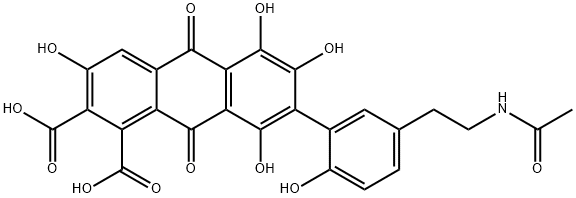
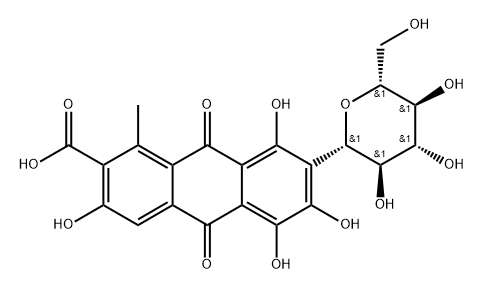



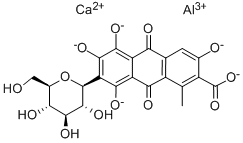

You may like
-
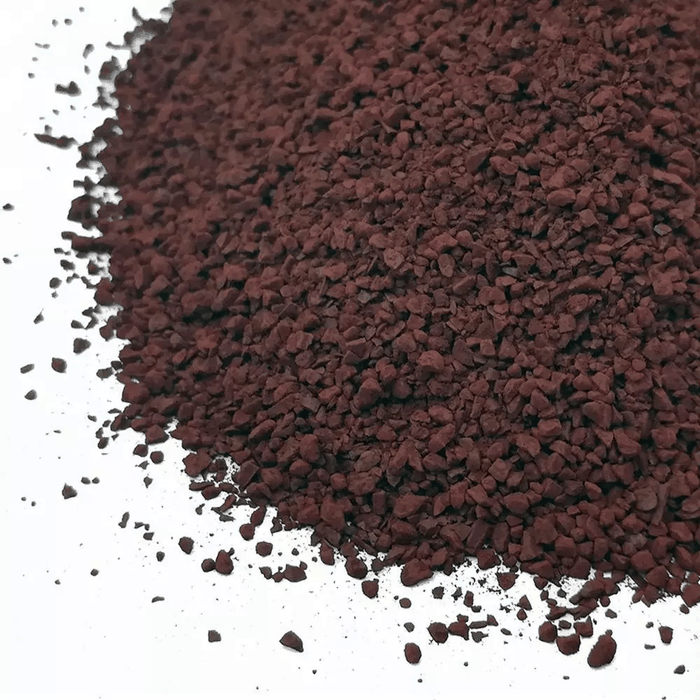 81-54-9 PURPURIN 99%View Details
81-54-9 PURPURIN 99%View Details
81-54-9 -
 Purpurin 85% CAS 81-54-9View Details
Purpurin 85% CAS 81-54-9View Details
81-54-9 -
 Purpurin CAS 81-54-9View Details
Purpurin CAS 81-54-9View Details
81-54-9 -
 Purpurin CAS 81-54-9View Details
Purpurin CAS 81-54-9View Details
81-54-9 -
 Purpurin CAS 81-54-9View Details
Purpurin CAS 81-54-9View Details
81-54-9 -
 14714-50-2 (2-Hydroxyphenyl)acetonitrile 98+View Details
14714-50-2 (2-Hydroxyphenyl)acetonitrile 98+View Details
14714-50-2 -
 118753-70-1 98+View Details
118753-70-1 98+View Details
118753-70-1 -
 733039-20-8 5-broMo-2-chloro-N-cyclopentylpyriMidin-4-aMine 98+View Details
733039-20-8 5-broMo-2-chloro-N-cyclopentylpyriMidin-4-aMine 98+View Details
733039-20-8